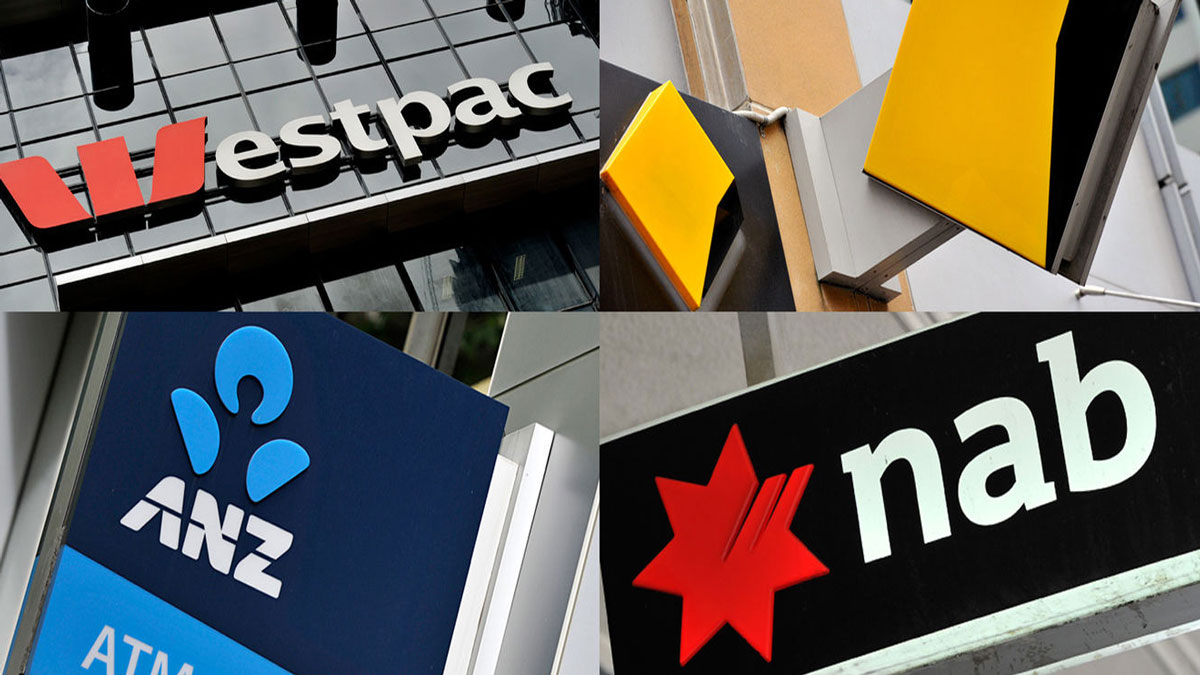New ABS Lending Indicators data released today shows new home lending increased in July for the second consecutive month, following earlier lifts in COVID-19 restrictions to auctions and open homes.
The value of new home lending rose by 8.9% in July, following a 6.4% rise in June based on seasonally adjusted figures.
Canstar analysis of the ABS data also shows the total value of owner occupiers refinancing to a new lender in July is down 11.8% from the month prior, which is the second consecutive month it has fallen and the largest decline since records began in 2002.
However, the value of refinancing year on year has increased by 39.3%, and since the pandemic Australian property owners have refinanced from April to July a total of $53.7 billion in loans.
The following chart outlines the trend in refinancing activity, and below this is a summary of the ABS Lending Indicators and insights from Canstar’s finance expert.
Summary of the ABS Lending Indicators July 2020 data reveals:
-
The value of new loan commitments for housing rose by $1.5 billion in July 2020, up 8.9% from the month prior and 11.8% from July last year
-
The value of external refinancing was down 11.1% from the month prior, but up 39.3% from July last year
-
The value of owner occupier first home buyer loan commitments rose 10.6% from the month prior, while the number of owner occupier first home buyers rose 14.4%
-
Owner occupier first home buyer loan commitments accounted for 32.5% of all owner occupier commitments (excluding refinancing), in original terms.
Note: The above figures are all in seasonally adjusted terms unless specified.
Source of infographics: Property Council of Australia
Canstar finance expert, Steve Mickenbecker, comments on the data:
“In spite of Melbourne’s relapse into lockdown in early July, new housing lending is up. But the closure and hit to consumer confidence may yet result in a downturn in months to come,” said Mickenbecker.
The value of new loans is up 11.80% on a year ago, providing stimulus to the struggling economy, with home owners leading the charge. First home buyers in particular are returning to the market rewarding government for some of the stimulus being directed their way.
Investors are showing little appetite for a strong return to the market, with investment lending down 5.10% from July last year, and the property market will have to look elsewhere for stimulus.
efinance continues to boom, up 39.30% from July 2019, in spite of the fall month on month. With a total of $53.7 billion worth of loans refinanced since April this year it’s great to see current borrowers chasing better offers, and why not when the average variable interest rate is 0.53% lower than a year ago.
On an average 30-year $400,000 loan this represents an annual saving on repayments of $1,428, which is a number too big for households to ignore when they are hunkering down during tough economic times.
New lending is well above a year ago and almost back to the pre-COVID peak in January, suggesting that it is not all gloom and doom and that home buyers are looking forward to an earlier return to growth.”


















